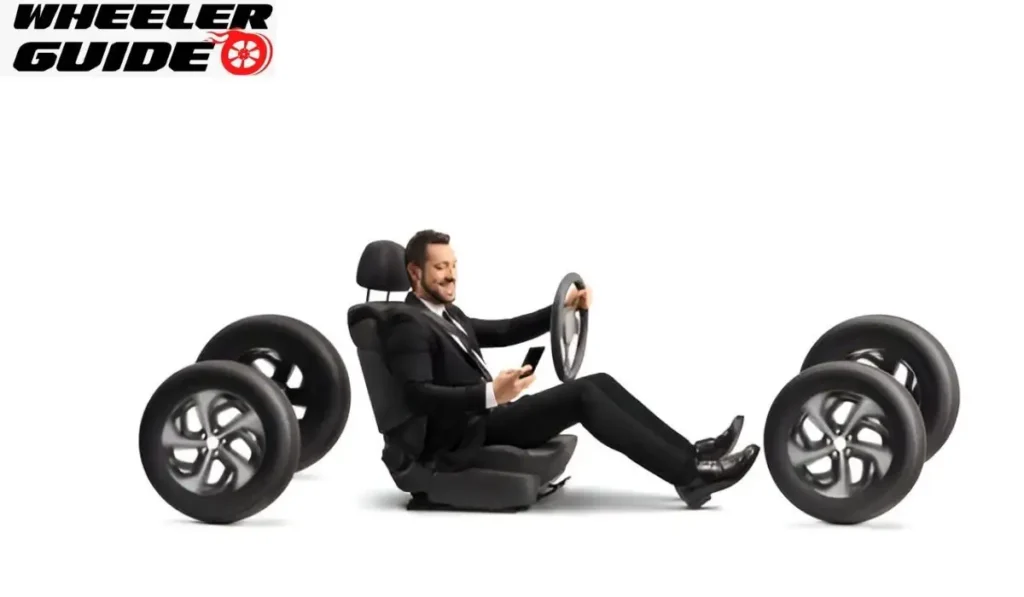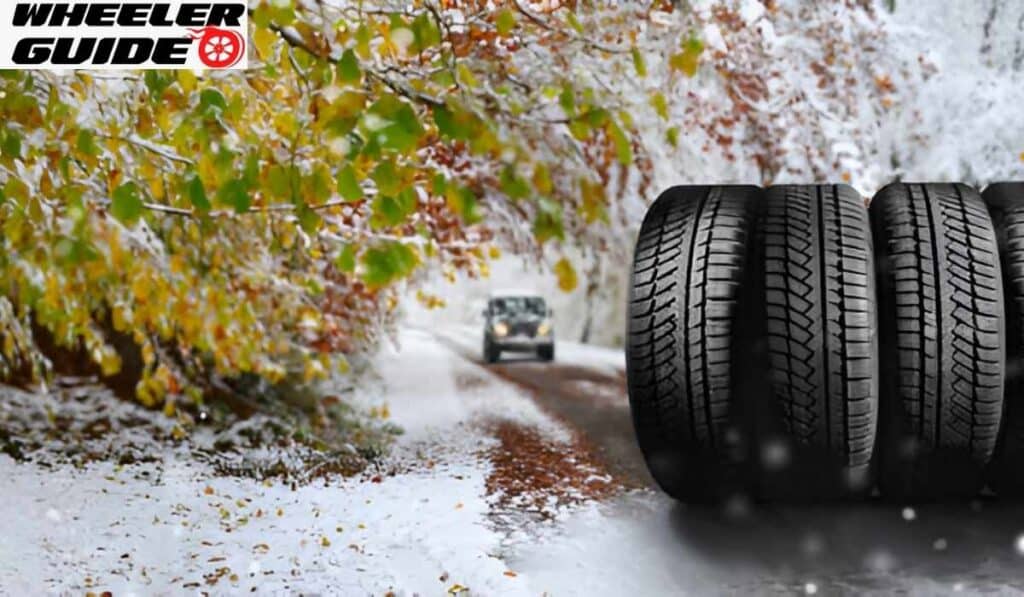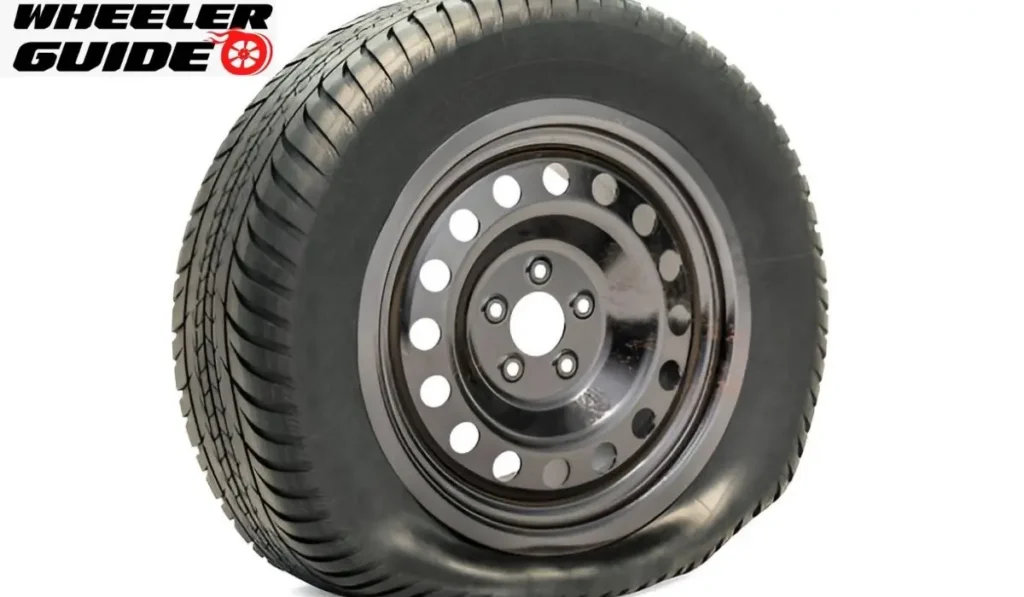Choosing the right tires for your vehicle can make a big difference in performance and safety. Passenger tires and Light Truck (LT) tires are two main types designed for specific uses. Passenger tires are made for everyday cars and SUVs, while LT tires are built for trucks and vehicles that carry heavy loads or go off-road.
The key differences between these tire types lie in their construction and purpose. Passenger tires focus on a smooth ride and fuel efficiency for regular driving. LT tires have stronger sidewalls and deeper treads to handle more weight and rough terrain. Knowing which type suits your needs can help you make the best choice for your vehicle and driving habits.
Understanding Tire Classifications
Tire classifications help drivers choose the right tires for their vehicles. These classifications are based on vehicle type and intended use.
Metrics of Tires: Passenger vs. LT
Passenger tires start with a “P” in their size designation. They’re made for cars, minivans, and some light-duty SUVs. P-metric tires focus on comfort and fuel efficiency.
LT tires have “LT” at the start of their size. They’re built for light trucks, larger SUVs, and vans. These tires can handle heavier loads and tougher conditions.
The metric size of a tire includes its width, aspect ratio, and wheel diameter. For example, P215/65R16 is a common passenger tire size.
Design Differences: Construction and Capability
| Feature | Passenger Tires | LT Tires |
| Sidewall | Thinner | Thicker |
| Load Capacity | Lower | Higher |
| Tread | Shallower | Deeper |
| Ride comfort | Smoother | Firmer |
LT tires have stronger internal construction. They use more robust materials in their belts and cords. This gives them extra support for heavy loads.
Passenger tires prioritize a smooth ride and good fuel economy. They work well for daily driving on paved roads. LT tires sacrifice some comfort for durability and load-carrying ability. They’re better suited for off-road use and towing.
Load Capacity and Ratings: Determinants of Tire Performance
Tire load capacity and ratings are crucial in vehicle safety and performance. These factors determine how much weight a tire can safely support and impact its durability under various conditions.
Load Range and Durability for Heavy-Duty Usage
Load range indicates a tire’s strength and capacity to carry heavy loads. It’s marked by letters, with higher letters signifying greater load-bearing ability. For example:
- Load Range C: Light trucks, vans
- Load Range E: Heavy-duty trucks, large SUVs
- Load Range G: Commercial vehicles
LT (Light Truck) tires typically have higher load ranges than P (Passenger) tires. This makes them better suited for hauling heavy loads and off-road use.
LT tires have stronger sidewalls and internal structures. This increased durability allows them to handle more weight and resist damage from rough terrain.
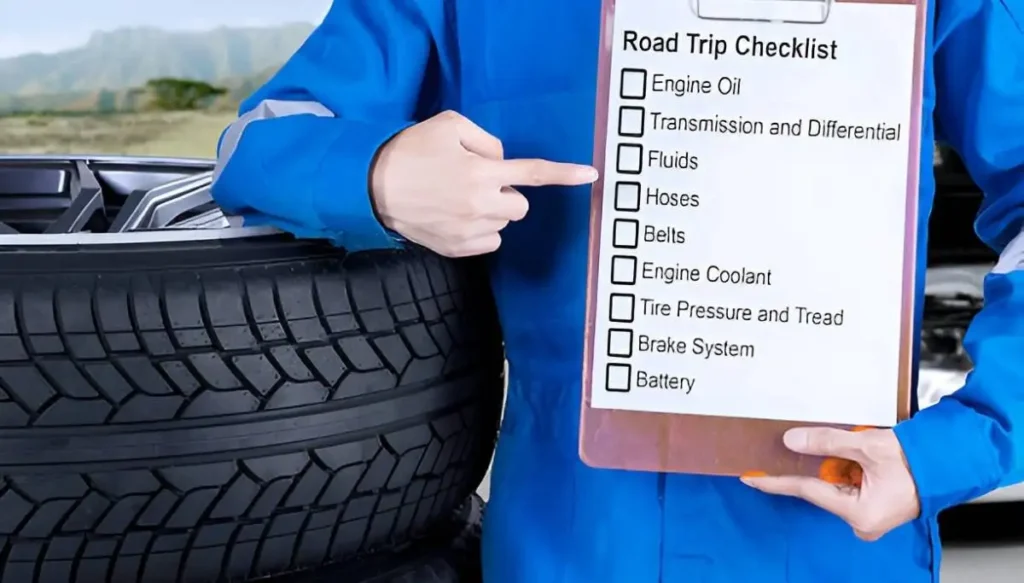
How to Determine the Right Load Rating for Your Vehicle
Choosing the correct load rating is essential for safety and optimal performance. Here’s how to find the right rating:
- Check your vehicle’s manual or door jamb sticker for recommended tire size and load index.
- Understand the load index number. It corresponds to the maximum weight each tire can support. For example, a load index of 89 means the tire can carry up to 1,279 pounds.
- Consider your typical driving conditions. If you frequently carry heavier loads, choose a tire with a higher load rating.
- Factor in any modifications to your vehicle that might affect its weight distribution or hauling capacity.
Remember, exceeding a tire’s load capacity can lead to blowouts and accidents. Always err on the side of caution when selecting load ratings.
Identifying the Right Tire for Your Vehicle
Choosing the right tire depends on your vehicle type and how you use it. The correct tire ensures safety, performance, and longevity.

Light-Duty Trucks vs. Full-Size Passenger Vehicles
Light duty trucks and full-size passenger vehicles have different tire needs. Passenger tires work well for most cars and SUVs. They offer a smooth, quiet ride and good fuel economy.
Light truck tires are built tougher. They have stronger sidewalls and can handle more weight. These tires suit pickup trucks, large SUVs, and vans.
For daily driving on paved roads, passenger tires often suffice. But if you frequently carry heavy loads or drive off-road, light truck tires may be better.

Carrying Heavy Loads with Confidence
When hauling or towing, tire choice becomes crucial. LT tires are designed for heavier loads. They have reinforced construction to handle the extra weight.
Key differences between passenger and LT tires for heavy loads:
| Feature | Passenger Tires | LT Tires |
| Sidewall | Standard | Reinforced |
| Load Capacity | Lower | Higher |
| Pressure range | Narrower | Wider |
LT tires allow for higher inflation pressures. This helps support more weight without compromising stability. For regular heavy-duty use, LT tires provide better safety and durability.
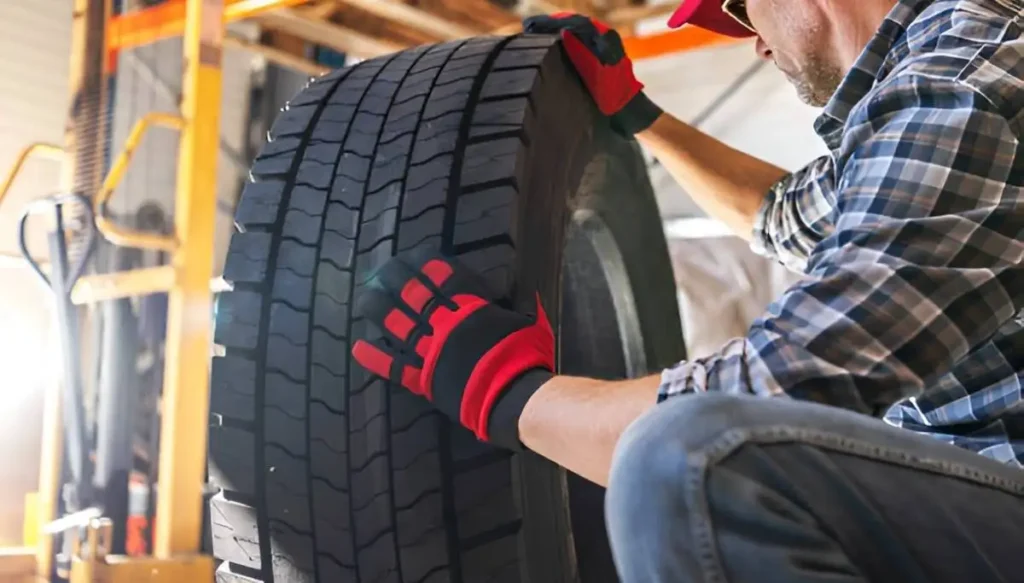
Maintenance and Longevity of Tires
Proper tire maintenance is crucial for both passenger and LT tires. Regular checks help extend tire life and ensure safety. Tire pressure is key. Check it monthly and before long trips. Correct pressure improves fuel economy and reduces wear.
Rotate tires every 5,000 to 8,000 miles. This promotes even wear and extends tire life. LT tires are built stronger than passenger tires. They often have thicker sidewalls and more durable compounds.
Tread depth affects tire longevity. Here’s a comparison:
| Tire Type | Initial Tread Depth | Expected Lifespan |
| Passenger | 10/32″ – 11/32″ | 50,000 – 80,000 miles |
| LT | 12/32″ – 15/32″ | 40,000 – 60,000 miles |
LT tires typically have deeper tread, which can provide better traction but may wear faster due to heavier loads.
Alignment and balance checks are important. Misalignment causes uneven wear, shortening tire life.
Store tires properly when not in use. Keep them in a cool, dry place away from direct sunlight and chemicals.
Frequently Asked Questions
What distinguishes LT tires from passenger tires in terms of construction and performance?
LT tires have stronger internal belts and cords than passenger tires. This allows them to handle heavier loads.
LT tires also have deeper treads and more defined patterns. These features help with traction in rough conditions.
Is it advisable to fit LT tires on a half-ton truck for improved durability?
Fitting LT tires on a half-ton truck can improve durability for heavy loads or off-road use. However, they may affect ride comfort and fuel economy.
LT tires are often unnecessary for half-tonne trucks used mainly on paved roads with light loads.
Can you safely install LT tires on a vehicle originally equipped with passenger tires?
Installing LT tires on a vehicle made for passenger tires is possible but requires caution. It may affect handling, comfort, and fuel efficiency.
Drivers should check vehicle specifications and consult a tire professional before making this change.
How does the lifespan of LT tires compare to that of passenger tires?
LT tires often have a longer lifespan than passenger tires when used as intended. Their tougher construction helps them withstand harsh conditions.
Actual lifespan depends on factors like driving habits, road conditions, and load carried.
Do LT tires increase fuel consumption compared to passenger or all-season tires?
LT tires typically increase fuel consumption due to their heavier weight and more aggressive tread patterns. This difference is more noticeable in lighter vehicles.
The impact on fuel economy varies based on tire size, vehicle type, and driving conditions.
Are there specific advantages of using 10-ply (or equivalent) LT tires over standard passenger tires?
10-ply LT tyres offer superior load-carrying capacity compared to standard passenger tyres. They provide better stability for heavy loads and towing.
These tyres also offer improved puncture resistance, making them suitable for rough terrain or work sites.
